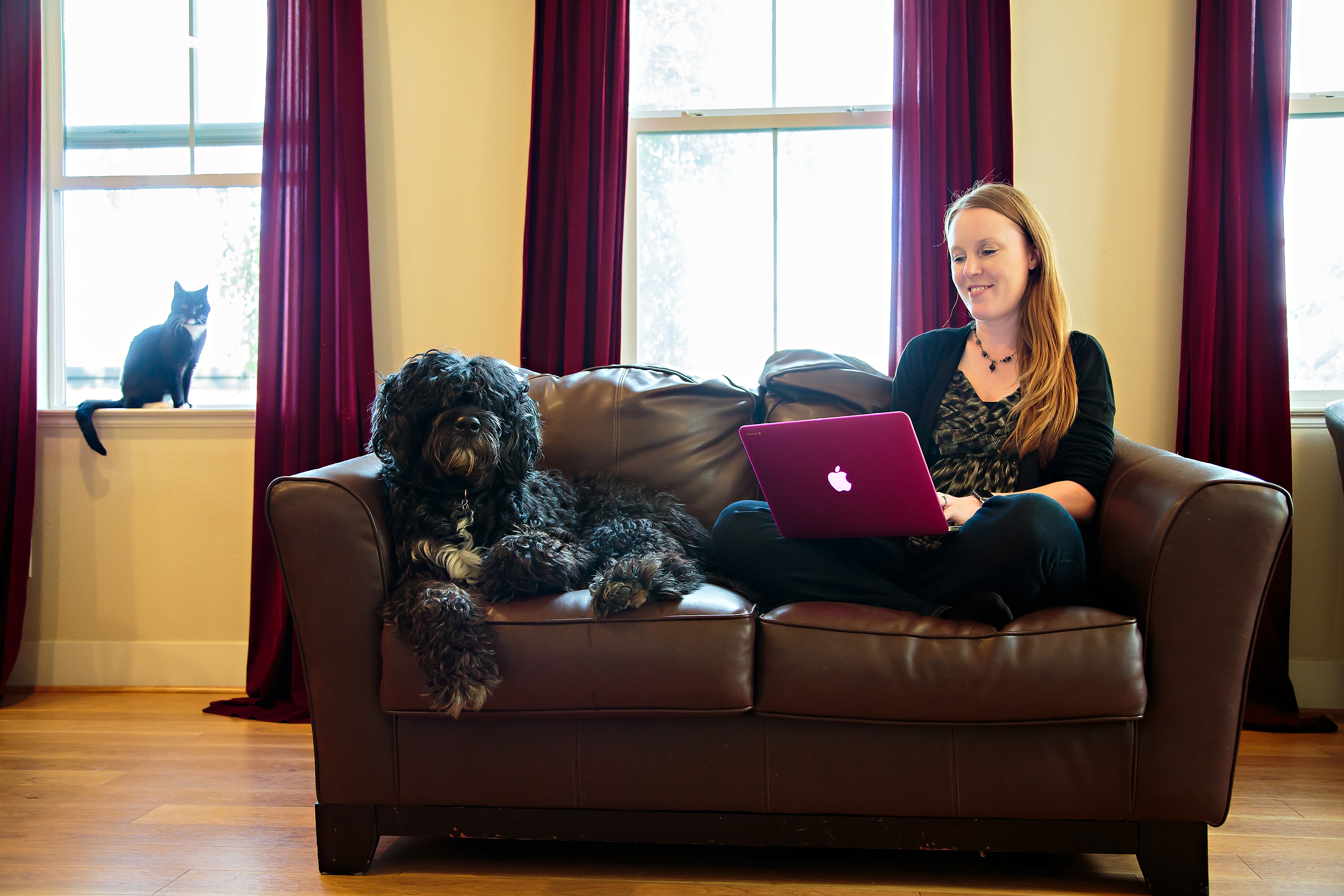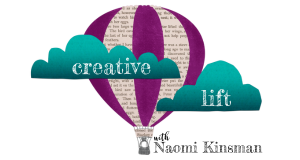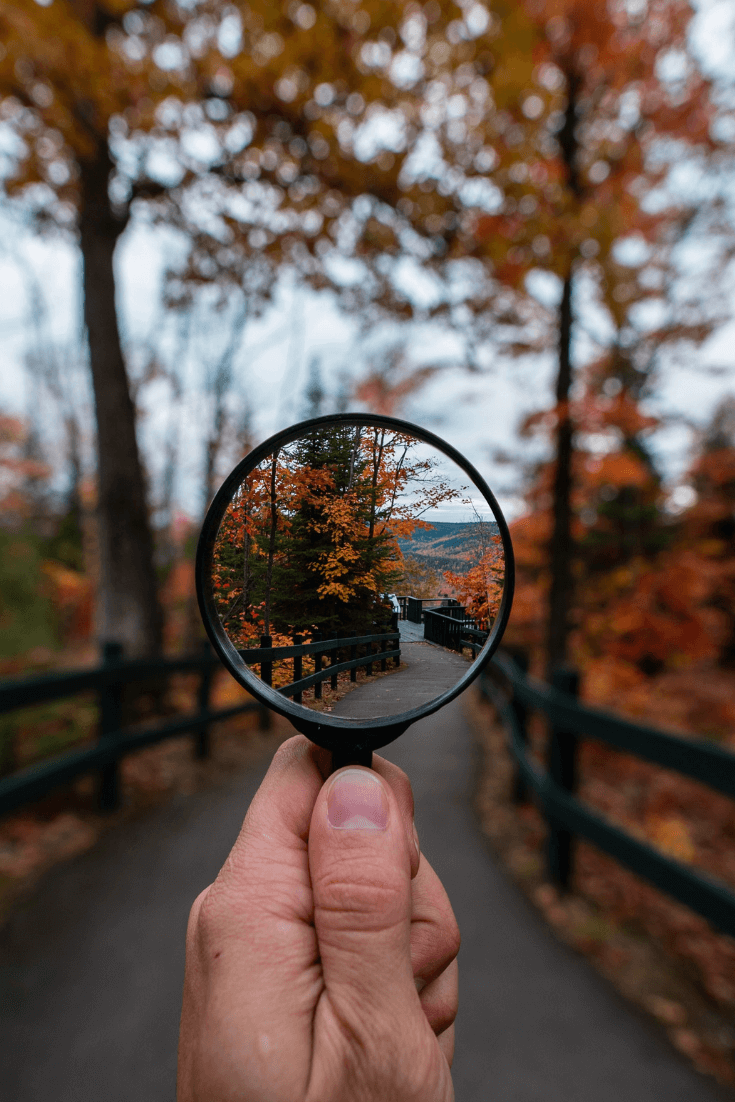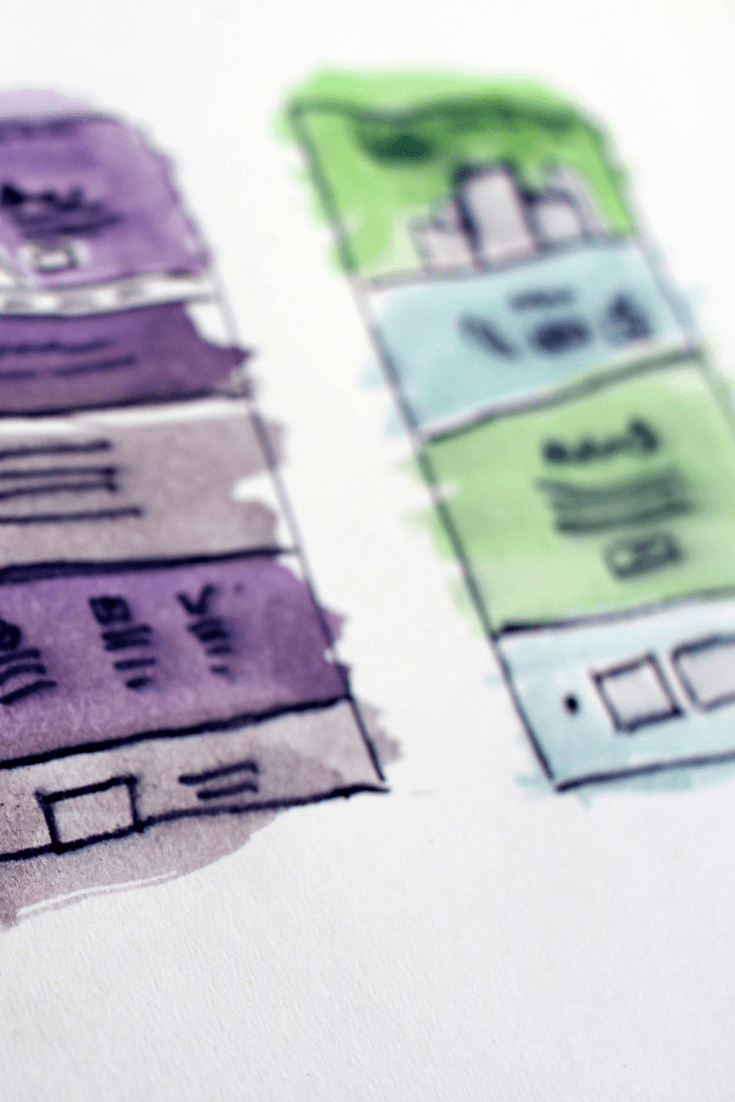Storyboard Like a Coach
Run a few quick scenarios for your idea and then choose a game plan.
Style
Special Agent
Skill
Structuring Ideas
Time
15 -30 mins
THE WORKSHOP:
Storyboard Like a Coach
Imagine yourself in a locker room with a white board, going over game play with your coach. In this version of storyboarding, you sketch your possibilities out as quickly as possible, and then snap a photo of what you think will work better. You don’t have to know all the specifics, just the general movements across the field. Plus, you can plan for the surprises that might pop up along the way.
When should you storyboard your manuscript? There are a number of times in the writing process where working with a storyboard can be useful.
After idea generation, storyboarding will help you structure energetic brainstorming into a solid plan for your story. For me, the right moment is after I’ve done some full-plot brainstorming, and after I’ve drafted at least two or three scenes.
When drafting, storyboarding is an excellent get-unstuck tool. You might play a game or two to shake up your ideas and then use a storyboard to help you plug your new ideas into the plot. If you’ve already created a storyboard, you can play around with the variables to see if a change here or there might unstick your stuck moment. If not, a storyboard will give you increased clarity.
When revising, storyboarding is a powerful shortcut to help you see the effect of changes. Rather than trying to hold your entire plot in your mind while you experiment with possibilities, swap elements into and out of your storyboard to see how each change will impact your plot. Using this simplified view, you’ll be able to problem-solve with greater perspective and speed.
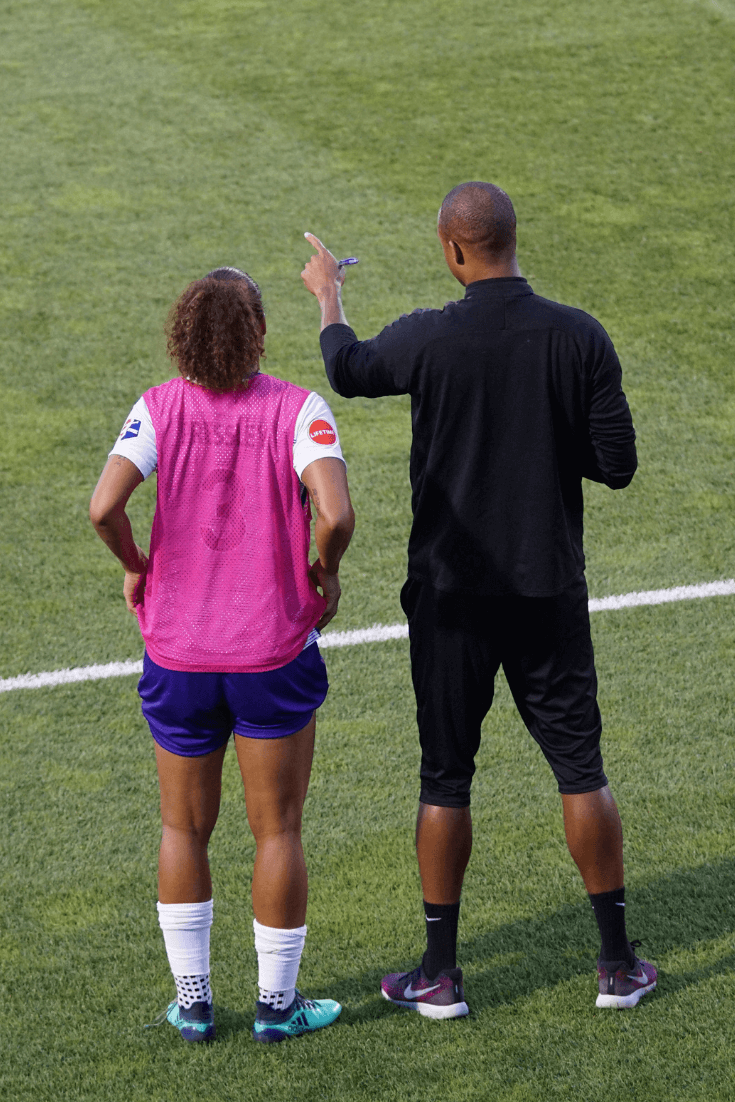
Materials
How to Play
- Timer
- White Board
- Dry erase markers
- Camera
1. Set a timer for three minutes.
2. In that short time, mentally play through your story.
- How does the story begin?
- What key things happen in the middle?
- Where and how does the climax take place?
- Why does this problem or opportunity matter to your character?
- How does the story resolve?
3. Once the time is up, it’s time to storyboard. Grab your dry erase markers. Decide how long you want to spend on the storyboard today. Save three-five minutes at the end of your work session to capture any thinking you haven’t captured on the board and don’t want to forget. Set your timer accordingly.
4. If this is your first draft of the storyboard, draw out a simple map of your story on the board. Use simple symbols, as a coach would (think x’s and o’s), and labels where they’re helpful.
5. If you’ve already created a storyboard for this project, reference your past material. You might have a photo or the actual board. You can use those pieces of info to help sketch this map.
6. When you reach problem spots, or gaps between one major scene and another, think like a play-maker. If this problem arises, how might I bypass it? How might I use it to my benefit?
7. Depending on how much time you’ve allotted for this activity, you can spend time now experimenting with variables, or just capture the givens for a scene and plan to play with possibilities later when it’s time to draft that scene.
8. Wrap up your storyboarding session by writing yourself a quick set of notes. What is left to be considered? Are certain sections of the plan weaker than others? Note whatever you don’t want to forget and keep those notes with your photo of the completed white board.
Try On Other Creative Styles
Storyboard Like a Detective
FOR INVENTORS
Define the scenario, collect clues, and ultimately, resolve your questions. Capture your thinking on your storyboard.
Storyboard Like an Animator
FOR COLLABORATORS
Use the Hero’s Journey to structure your storyboard discussion with a collaborator.
Storyboard Like a Reporter
FOR ARCHITECTS
Structure your thinking about a project with a reporter’s questions. Use your discoveries to shape your storyboard.
